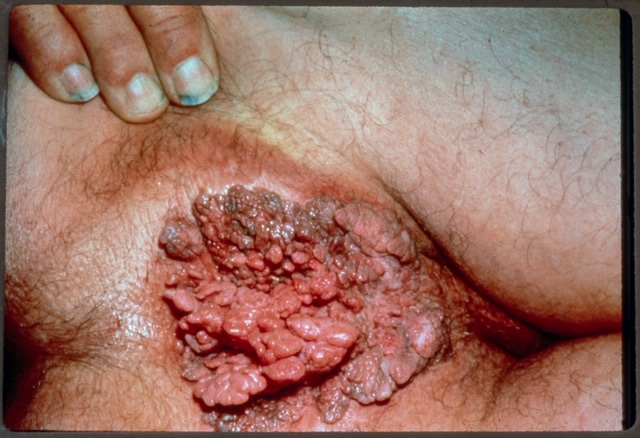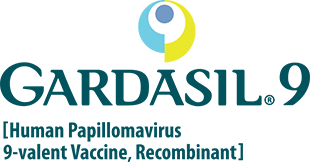

GARDASIL®9 FOR STUDENTS
HPV does not discriminate. It can cause genital warts – not to mention HPV-related cancers.

HPV infection can lead to several HPV-related cancers and diseases
in men and women, for example:

View image
(WARNING: Graphic content)
Small, cauliflower-like growths that may itch or burn. They can be raised or flat, small or large, and grow alone or in clusters.
Photograph courtesy of Dr. Alex Ferenczy
View image
(WARNING: Graphic content)
Symptoms can include a lump or sore in the head and neck area that does not heal, a sore throat that doesn’t go away, white or red patches in the mouth, difficulty swallowing or a change in the voice.
Photograph courtesy of Dr. Anthony Zeitouni
View image
(WARNING: Graphic content)
Symptoms can include anal bleeding, difficulty passing stools, pain, lumps, itching or discharge.
Photograph courtesy of Dr. Alex Ferenczy
View image
(WARNING: Graphic content)
Symptoms can include abnormal vaginal bleeding, pain during intercourse, increased vaginal discharge, pain in the pelvic area or lower back, weight loss, lack of energy and shortness of breath.
Photograph courtesy of Dr. Michel RoyHow to help reduce your risk
HPV vaccination is one of the top ways to help protect yourself against certain HPV-related cancers and diseases.
You can also help reduce your risk of HPV infection by:
Limiting your number of sexual partners
Using a condom correctly and consistently
Not smoking
Ask if GARDASIL®9 is right for you at your campus clinic or a pharmacy near you.
The vaccine may be covered by your school or your parents’ or caregivers’ private insurance plan.
Please contact your university to confirm vaccine availability and accuracy of the information displayed.
Frequently asked questions
GARDASIL®9 can be administered in individuals ages 9 to 45, to help protect against infection caused by HPV types 6, 11, 16, 18, 31, 33, 45, 52 and 58 and certain HPV-related cancers and diseases.
For more information about GARDASIL®9, talk to your healthcare professional.
Using a condom is not a guarantee for complete protection against HPV, because it only protects the area it covers. HPV can still be contracted through skin-to-skin contact beyond the area the condom is covering. Using condoms may reduce your chances of getting HPV, but it is highly contagious, and condoms do not provide full protection. You can get infected just by skin-to-skin or oral contact with the genital area, and without having intercourse. That said, using a condom is a great way to reduce your risk of HPV infection, not to mention an excellent way to protect against other sexually transmitted infections.
Being in a monogamous relationship does not protect you from HPV infection either. All it takes is 1 infected partner for you to be infected. You can spread the virus without knowing you are infected because you may not have any visible symptoms.
For more information about GARDASIL®9, talk to your healthcare professional.
Yes, you can, but only your healthcare professional can tell you if GARDASIL®9 is right for you. If you’re already sexually active, you may still benefit from GARDASIL®9. Though GARDASIL®9 cannot treat an existing HPV infection, you can still benefit from GARDASIL®9 if you are already infected with one type of HPV. Even if that HPV type is contained in the vaccine, GARDASIL®9 will still help protect you against the other eight types.
For more information about GARDASIL®9, talk to your healthcare professional.
Have additional questions? Check out our FAQ page.




